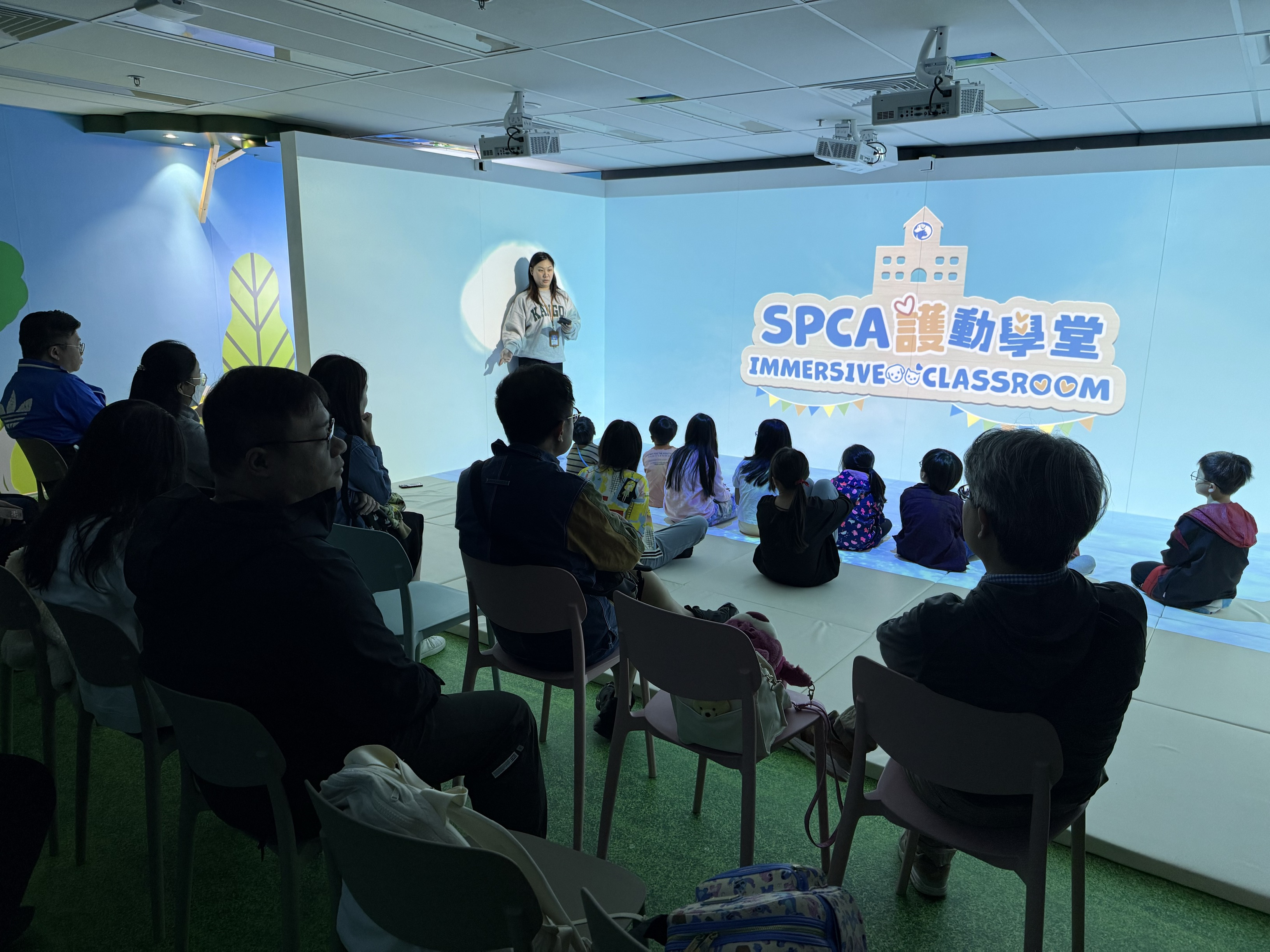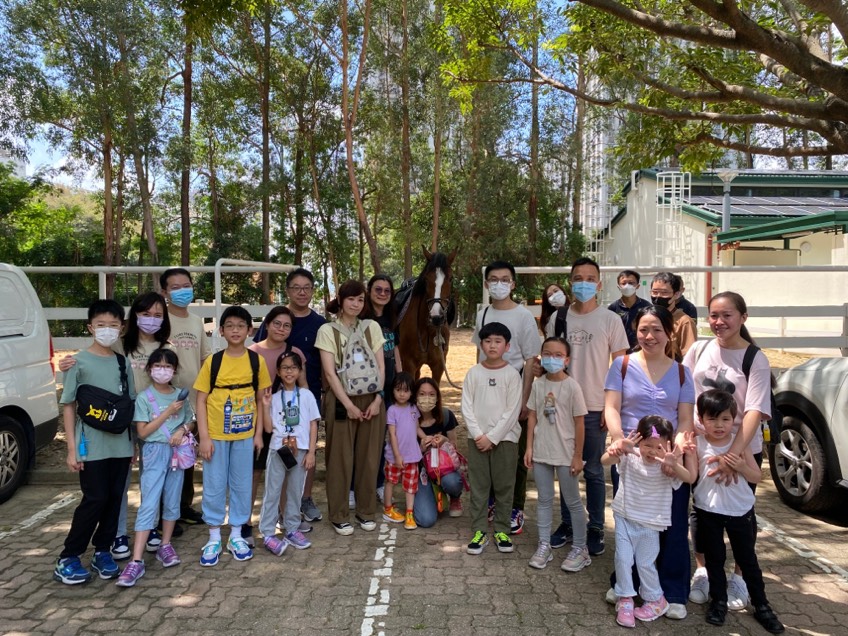Feel the Passing of Time
Basic Technique on Time-Lapse Photography
《Change》 - Courtesy of Club Canon Member LeslieC
EOS 5D Mark III • EF 16-35mm f/2.8L II USM
EOS 5D Mark III • EF 16-35mm f/2.8L II USM
What is Time-Lapse Photography?
Time-lapse is a fast-motion movie effect created by joining a series of images of the same scene or object taken continuously at a certain time interval over a period of time. The aim of it is to show the progress of a slow changing scene within a shorter time, depicting the notion of time passing with images. Subjects like the moving of pedestrians or cars on streets, sky or flowers make good photographic subjects for time-lapse photography novices.
Equipment
The equipment used in time-lapse photography is similar to that for taking landscape photos. Some new DSLR cameras (such as EOS 5DS, EOS 5DS R, EOS 5D Mark IV and EOS 80D etc) offer built-in time-lapse movie function with which users can specify the time interval and number of shots to take and a Full HD time-lapse movie will be created automatically. This saves much time on post-editing (take EOS 80D as an example. Details on camera’s settings can be seen on P223 of the camera’s user manual). If the camera you use does not have this built-in function, you can use a remote shutter release cable with interval timer (such as TC-80N3) to aid your shooting. The below shows a list of the basic equipment:
- Camera
- Wide-angle lens - A wide-angle lens can include more environment and objects in the composition, facilitating the use of digital magnification during post-editing for more interesting result
- Tripod
- Remote shutter release cable with interval timer (such as TC-80N3)
- Memory card with large capacity - Over a hundred of images will be taken for a 10-sec time-lapse movie. So remember to use a memory card with large capacity to prevent card switching in the course of shooting
- Extra Batteries - It will take over an hour to shoot continuously for a 10-sec time-lapse movie. So bring some extra batteries for prolonged shooting
Pre-Shooting Preparation
Before you start, try out with different time intervals (the interval between two shots) to achieve different playback speeds. For subjects that move slowly, a longer time interval should be used. For example, a time interval of 1-2 secs when shooting cars on the road, and a time interval of 5-10 secs for changing clouds.
Besides, you have to calculate the length of movie before you start. A 1-sec movie in 25p PAL format requires 25 still images. If you want to shoot a 15-sec time-lapse movie and a time interval of 10 secs is used, the total shooting time will be 15 x 10 x 25=3,750 secs (i.e. 62.5 mins). The two demonstration movies below are taken based on this calculation (the length of the final movie is trimmed).
Besides, you have to calculate the length of movie before you start. A 1-sec movie in 25p PAL format requires 25 still images. If you want to shoot a 15-sec time-lapse movie and a time interval of 10 secs is used, the total shooting time will be 15 x 10 x 25=3,750 secs (i.e. 62.5 mins). The two demonstration movies below are taken based on this calculation (the length of the final movie is trimmed).
Camera’s Settings
Use Av / M Mode
When shooting in daytime from morning till noon or at night when the change of ambient light is little, M mode is suggested. For more challenging topics such as sunrise or sunset when the change of ambient light is vast, we need to shoot with changing exposure value based on the change of ambient brightness. Therefore, Aperture-Priority mode (Av Mode) is recommended, and pair it with a right ISO setting (ISO 100-800 for daytime shooting and ISO 10,000 at night). This allows the camera to adjust the shutter speed automatically to prevent over- or under-exposure. A slow-speed shutter can make the moving of subject more dynamic. A shutter speed of 1/100s or slower is suggested to achieve smooth movement.
Use Evaluative Metering
Evaluative Metering will calculate the exposure value to use based on the overall brightness of the entire environment. This helps achieve a balanced exposure result for the entire composition, minimizing the occurrence of light flickering due to imbalanced exposure of each image.
Use Manual Focusing
Manual Focusing helps lock the focus at a certain spot. Auto Focusing is not suggested as focus will be lost easily due to the change of environment.
Use a Fixed White Balance Setting
Auto White Balance may vary due to the change of environment. A fixed white balance setting can prevent this from happening. Also turn off the in-camera Highlight Tone Priority and Peripheral Illumination Correction functions to ensure color consistency and smooth movie result.
Shoot with RAW
RAW file provides greater freedom in post-editing. This can be very useful in aligning the white balance of images, adjusting under-exposed areas or over-exposed images. The shortcoming is that it takes up a lot of capacity, making it slower when post-editing an image. Photography novices can shoot with JPEG first, and try RAW after familiarizing with the shooting and post-editing procedures.
These are the basic methods and tips for taking time-lapse movies. Try it out and you will be surprised with its unique and interesting visual effects. Lastly, let’s enjoy the amazing work of time-lapse artist and Club Canon member Francis So!
These are the basic methods and tips for taking time-lapse movies. Try it out and you will be surprised with its unique and interesting visual effects. Lastly, let’s enjoy the amazing work of time-lapse artist and Club Canon member Francis So!
《4K UHD 大帽山日出 Time-lapse》 - Courtesy of Time-Lapse Artist & Club Canon Member Francis So
EOS 6D • EF 24-105mm f/4L IS USM
EOS 6D • EF 24-105mm f/4L IS USM


